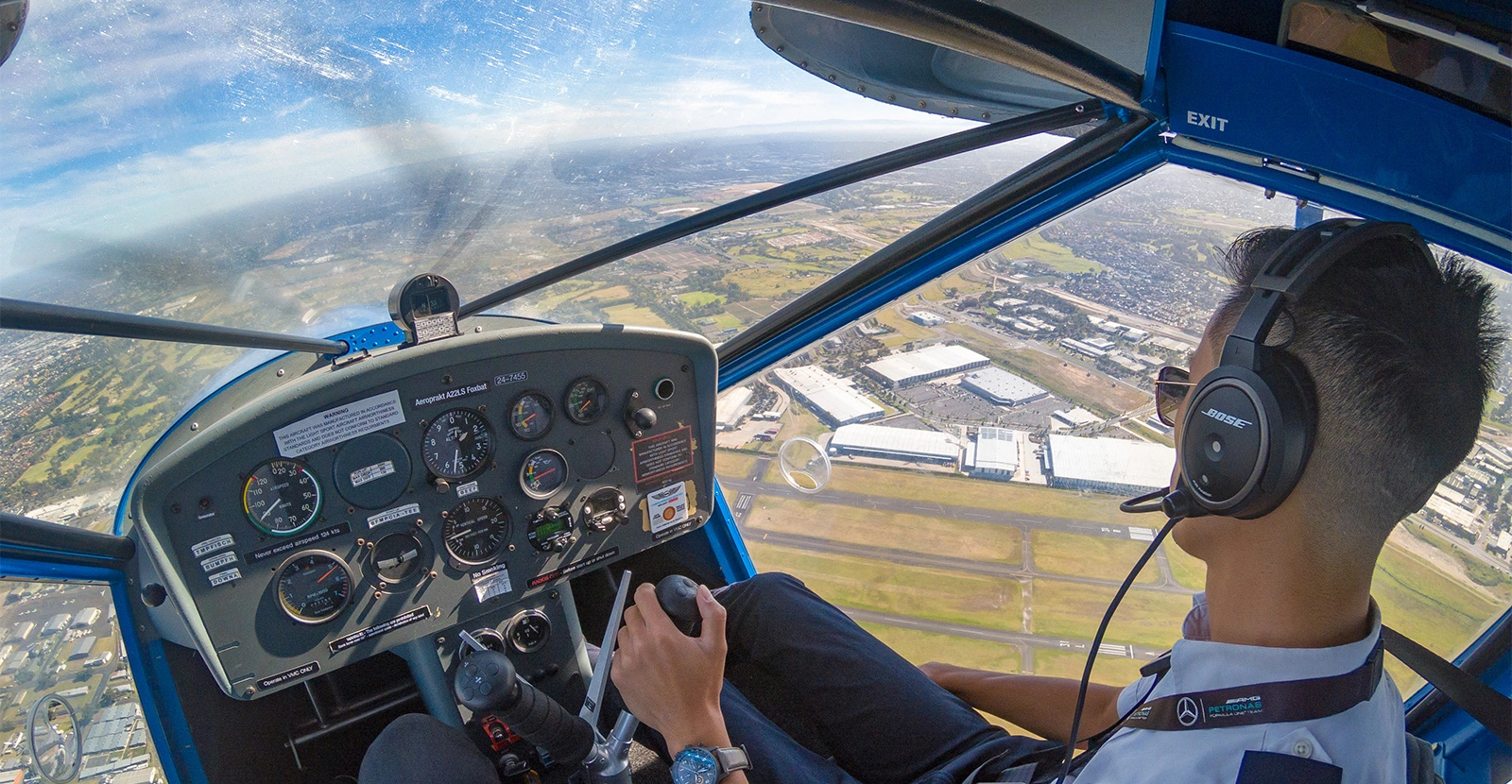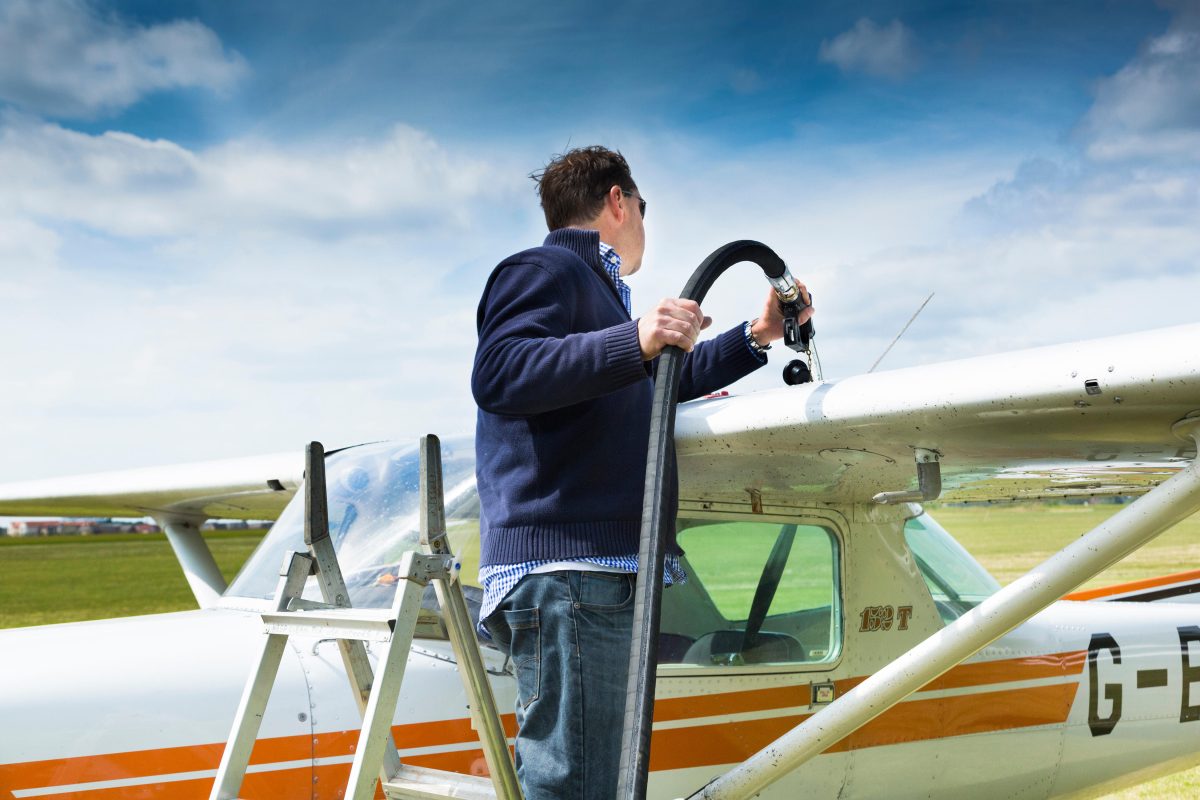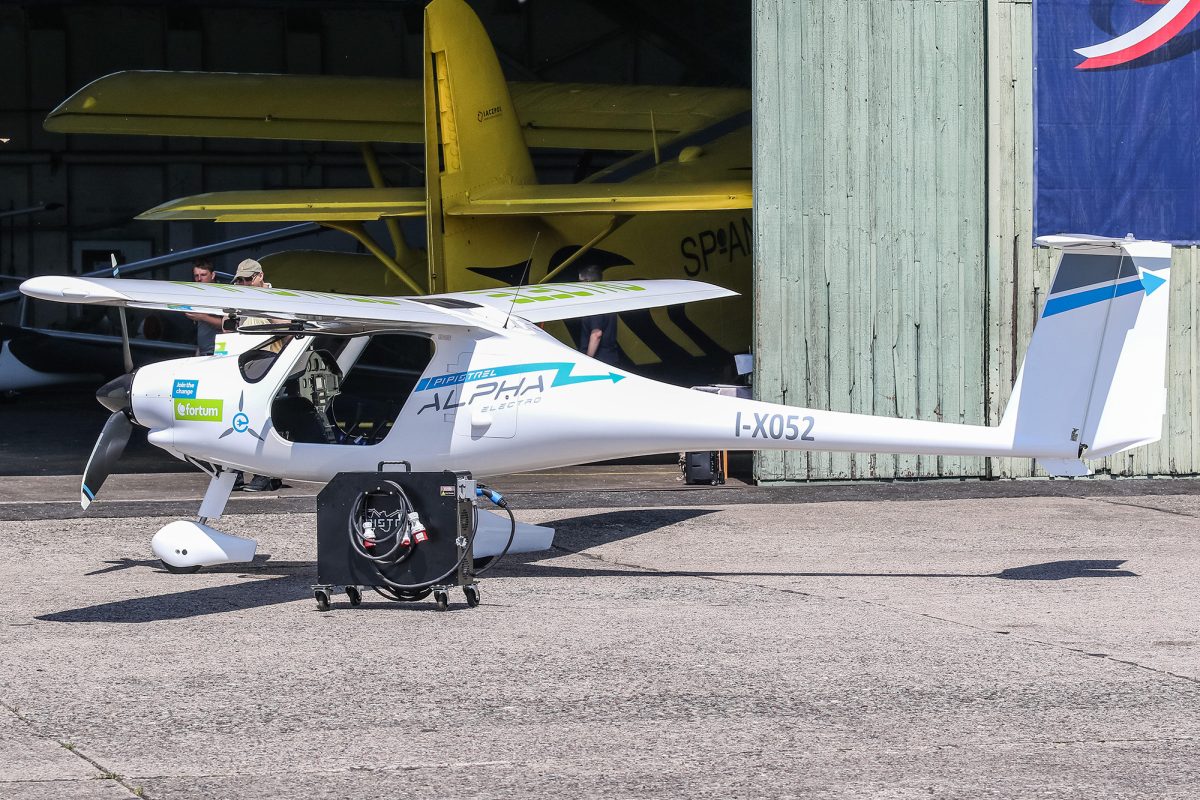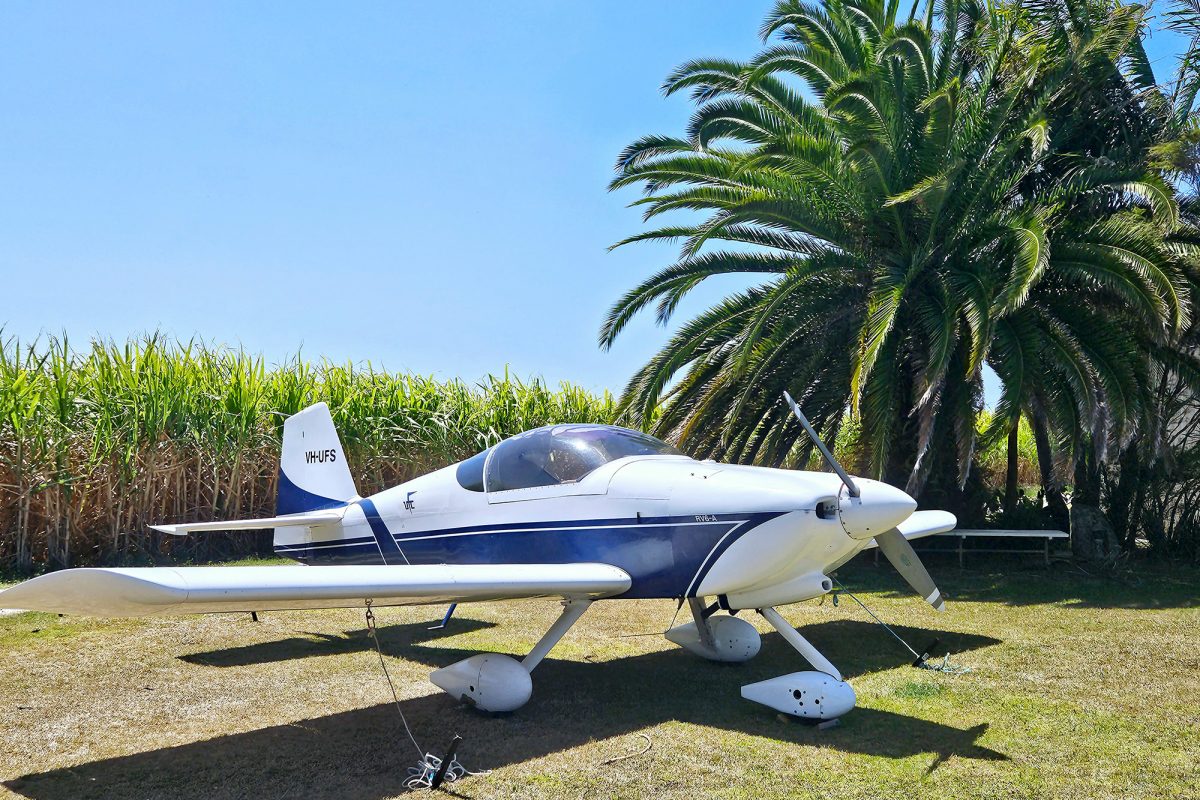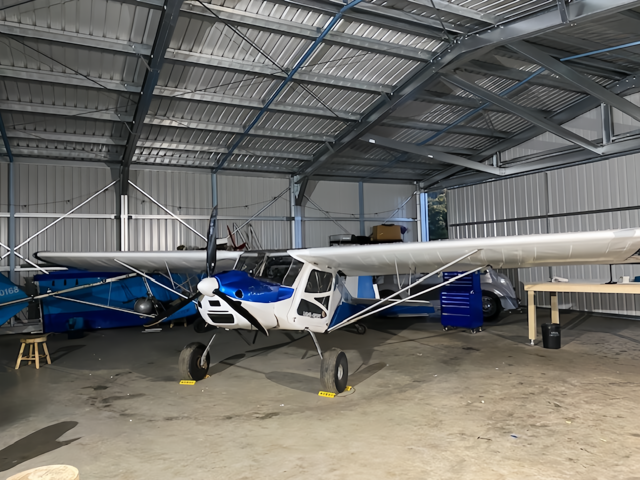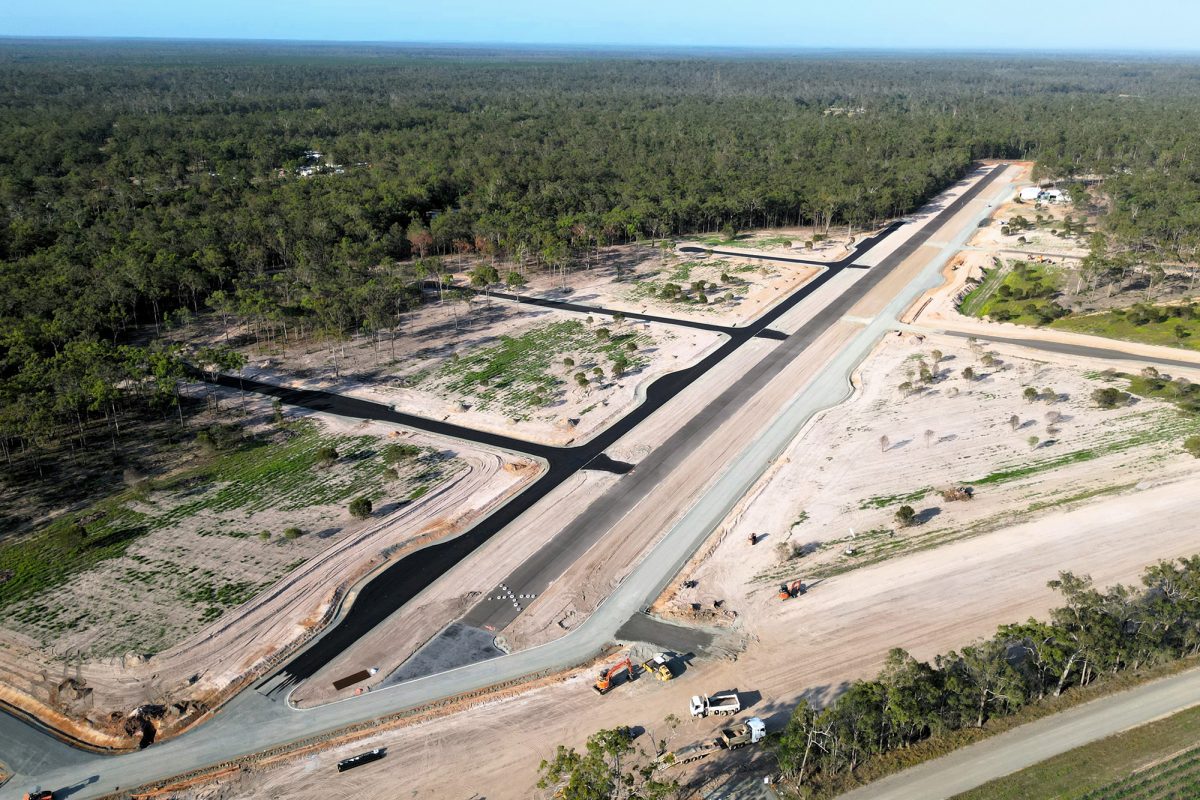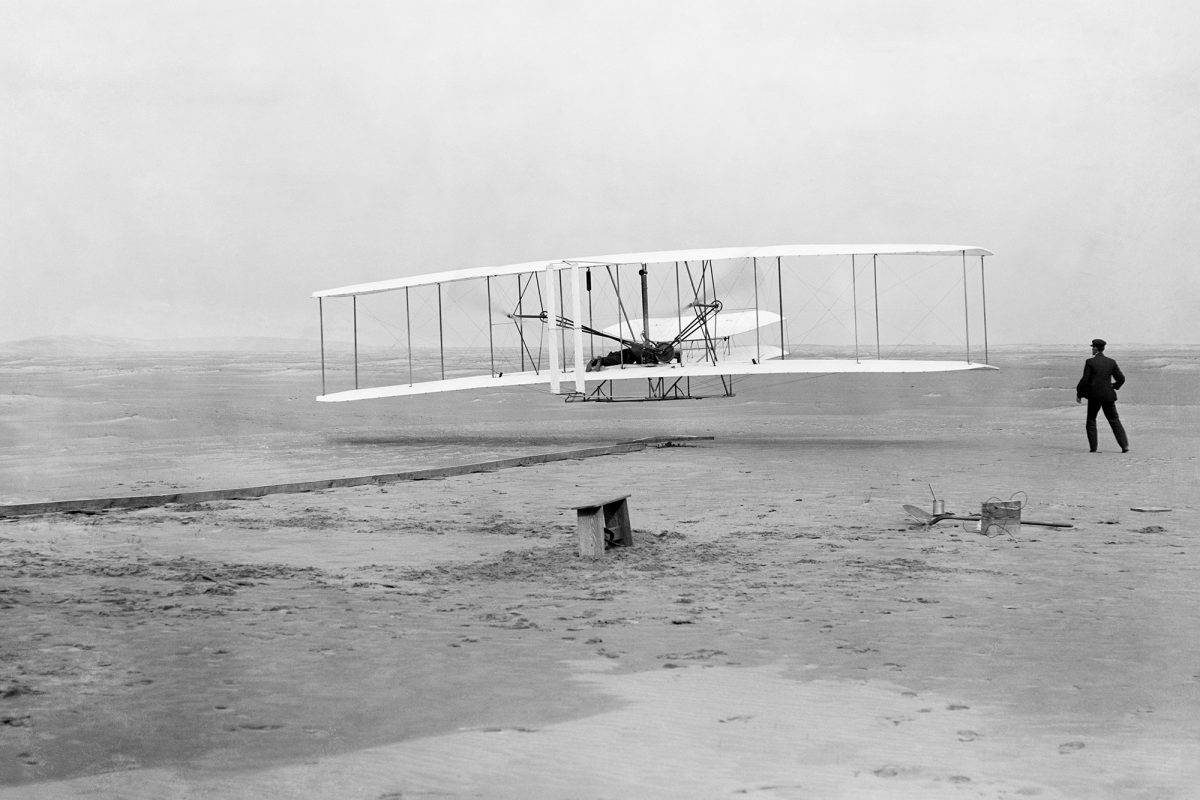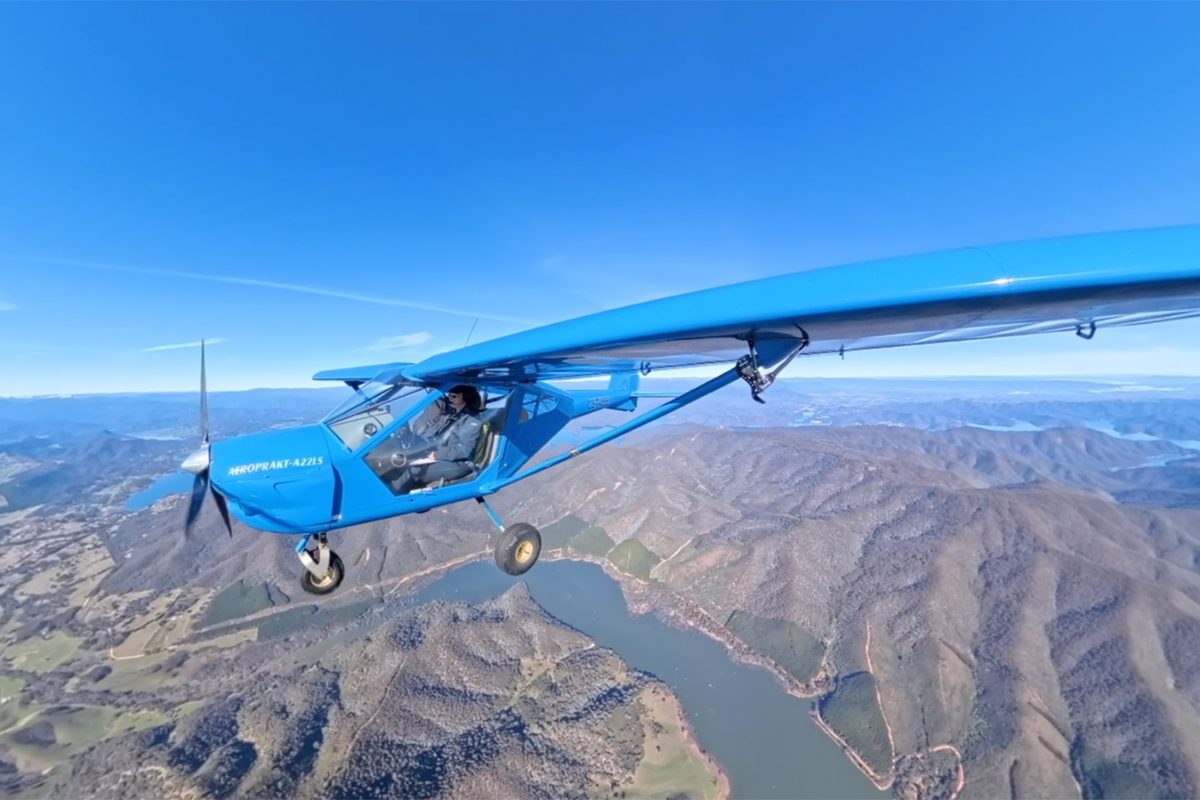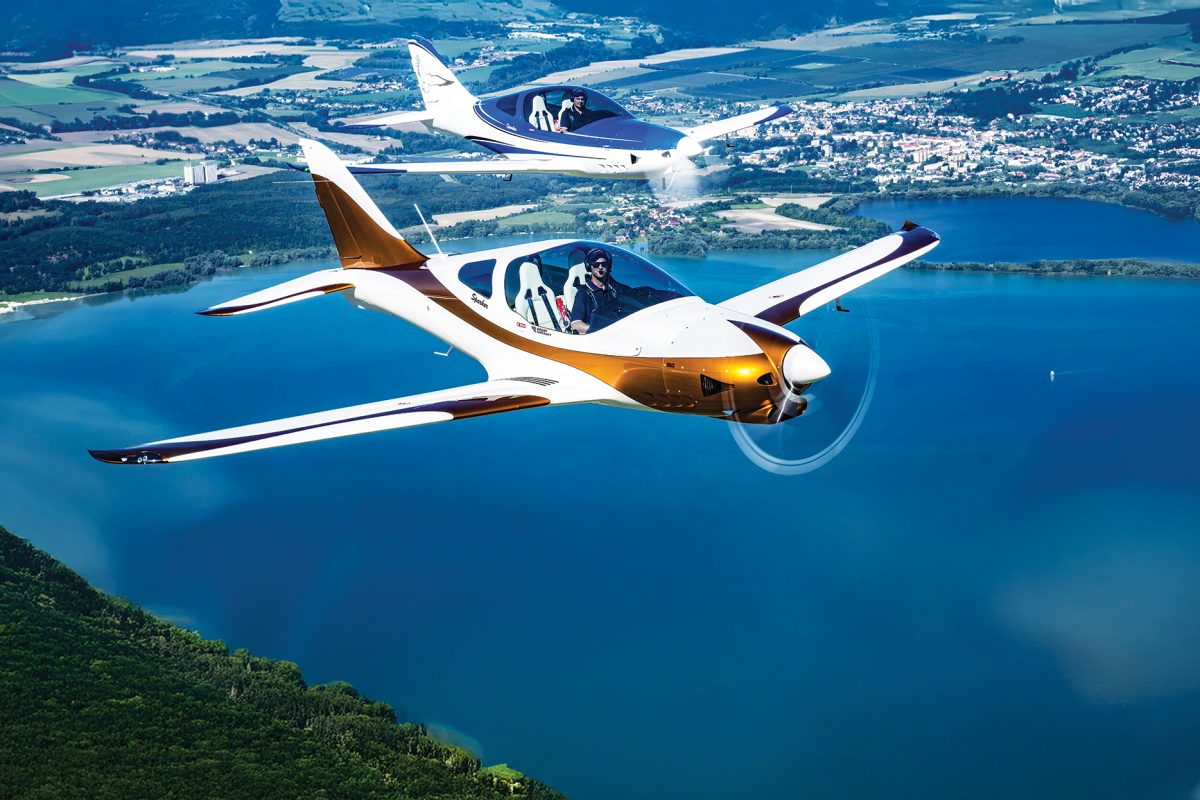RAAus is celebrating its 40th year, and what a ride it’s been for many of us. I began my ultralight adventures in 1985, while involved in hang gliding. I remember it vividly; a towing day at Watts Bridge, a squadron of different flying contraptions and an opportunity to “fast taxi” a Wheeler Scout. I got airborne, scared myself witless for about 20 seconds and somehow managed to get it down and avoid the boundary fence! We’ve come a long way indeed.
In these early days, rules were meant to be broken, fortune favoured the brave and road signs had black circles with a line through that meant no limits. I don’t ever recall seeing a syllabus, just some typed written pages on what I needed to do to get my next rating.
Fast forward to today and it’s hard to see this link to the good ol’ days. Fast aircraft, digital navigation, electronics, and devices we never dreamed of, with prescribed lessons, exams, tests and countless rules and regulations. The detailed and prescriptive elements we have in today’s syllabus cover all phases of flight, both expected and unexpected, planning, aeronautical and human knowledge, and specific endorsements.
Some might ask why we had to change; it was self-regulation right? We would only hurt ourselves, and hurt we did. I witnessed countless accidents, many serious, and quite a few intrepid pilots paid the ultimate price for their freedoms. It was enough to make me step back from powered flight for a few years. Many of the pilots that did survive those early days became instructors, teaching the next generation with the wily voice of experience, and so the cycle of training began. The Australian Ultralight Federation (AUF) and our forefathers pushed for change, the inclusion of two seat aircraft meant experienced pilots were able to teach the art of flying.
Since the dawn of flight, there have been two constants in aviation; a human desire for flight, and the importance of learning. This is where the value of robust standardised training finds its place.
Initially it started with some notes, “they need to know how the controls work, watch for the stall, keep the power on in the climb, immediate actions when the engine stops”. The “fast progression model” was adapted, which became the Day VFR syllabus used universally to teach private pilots and ultralight pilots alike.
The syllabus is the fundamental reference for flight schools and students throughout their learning journey. Significant work has been undertaken this year reviewing the syllabus, effectively unchanged for over 20 years. Incorporating practical human factors, identifying areas of competency within articulated skill sets, expanding on control management understanding and primacy, while also focusing on understanding aircraft upsets and unusual attitudes. The primary objective is to ensure pilots’ preparation for the range of situations they may experience, with an extended understanding of basic meteorology, traffic, and airspace awareness.
Psychologists have unpacked a lot in how humans learn over the last 100 years. In essence, exposure and repetition conditions our behaviour. This is the basis of rote learning, but rote learning has its limitations. We’ve all heard the expression “practice makes perfect”, but that’s not quite true, it’s more likely to make the behaviours permanent. We all have experienced an automatic reaction that is programmed into our brains, such as learning to touch type. If there is a change however, we often revert to primacy. In aviation, the unexpected calls for our best skills to come forward. That primacy can sometimes work against us.
Carving out circuits until our instructor is just a passenger is a great example of repetition. It can get you solo quickly but in a very narrow groove of skill and experience. Throw a low-level circuit or emergency into the mix and that primacy is tested. Other than preparing you for the unexpected, it’s a way instructors can confirm you have the embedded understanding and judgement as well as the skill to be safe on your own.
When learning to fly recreationally, the diversity of personalities and life experience is enormous, from aspiring teenagers to grandparents fulfilling lifelong dreams. Their learning styles are often vastly different, so for instructors, we need the ability to change and adapt. For those of us given the privilege to teach, it’s a significant responsibility to ensure we help create the most rounded, skilled, and behaviourally conscious pilot we can, and this often means we must be continually learning as well. The old dog must also learn new tricks.
Which leads to my final point, the environment. Learning principles show us the environment we are immersed in has a big impact on the way we learn and how we formulate our behaviour and ultimately our beliefs. The training environment, whether it’s a busy professional flight school, or a small, isolated airfield far from others, or the social flying club, will influence what and how we learn. People learn best when they are having fun, immersed in the journey but supported with knowledgeable, creditable, and humble mentors. All pilots have this responsibility; to demonstrate the standards, to lead by example and be the support for the next generations of aviators. Learn from example and be the example — it’s the cycle of life, and especially valid in aviation.
